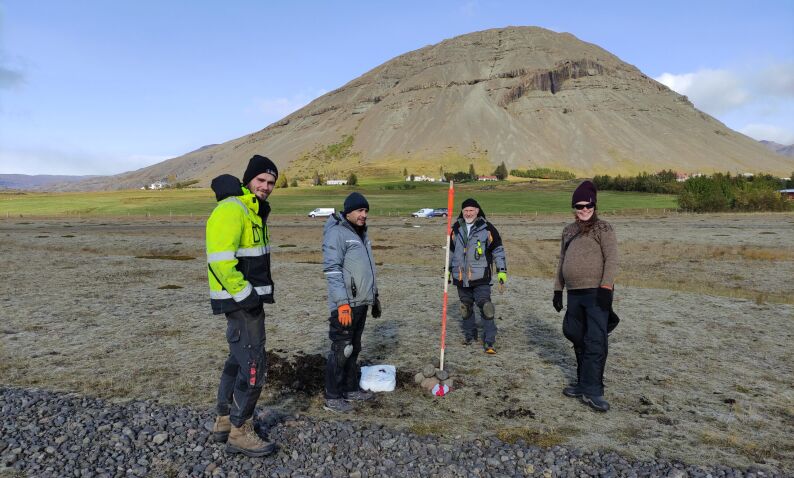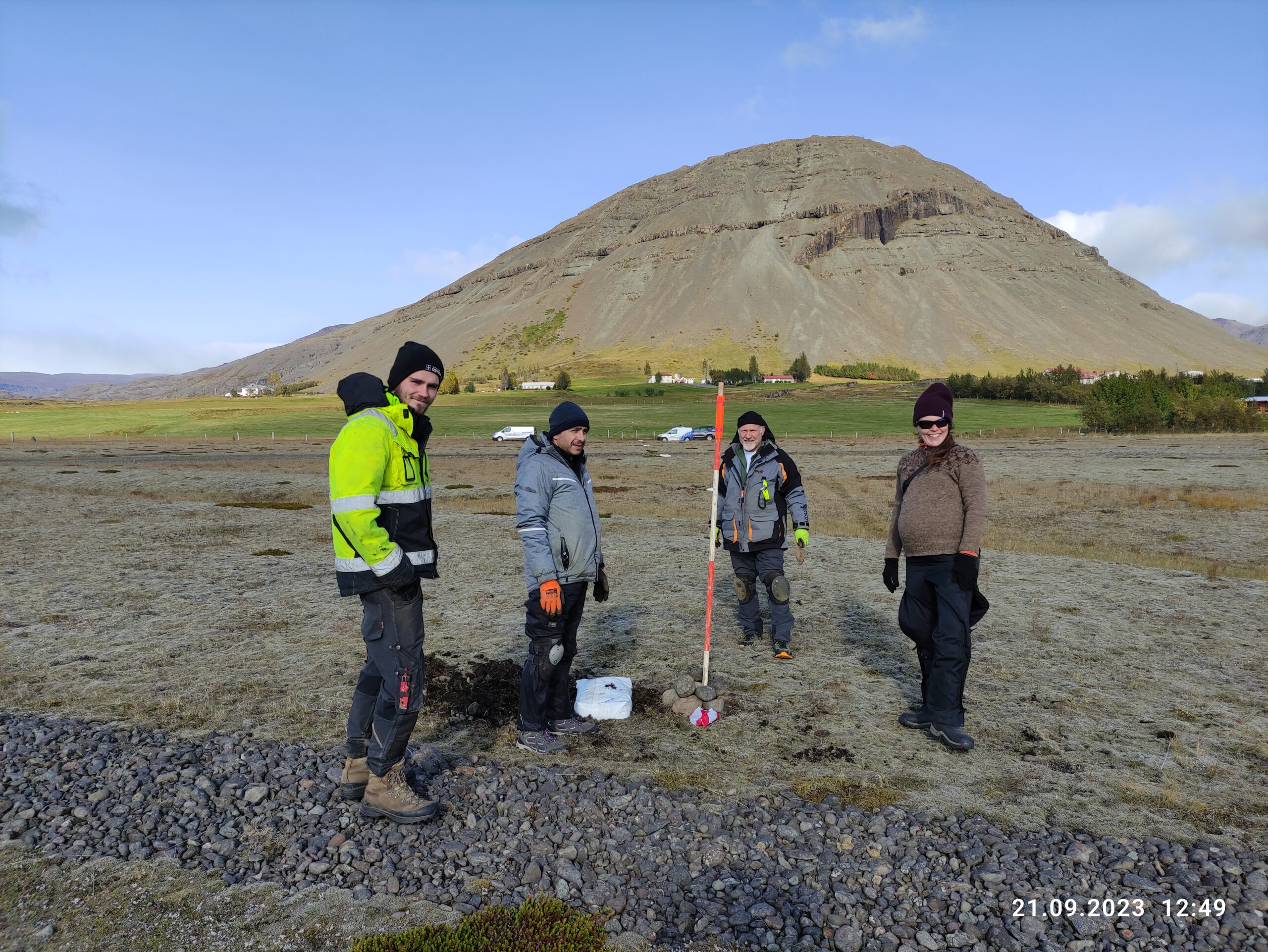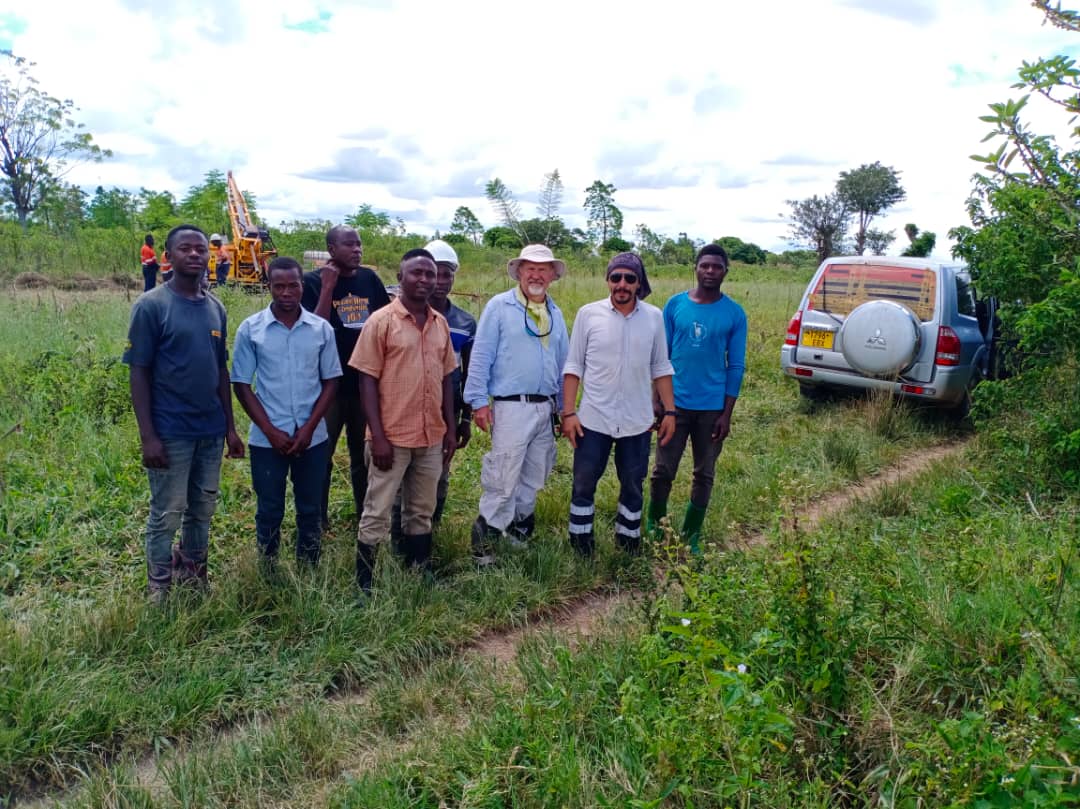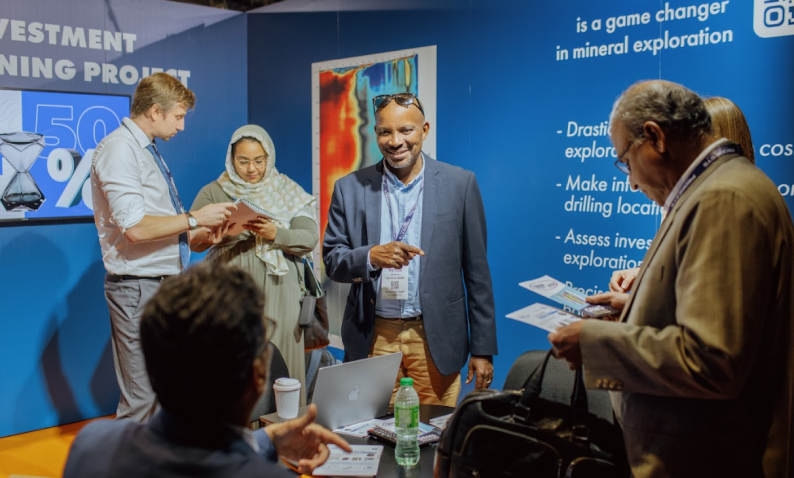Geothermal energy exploration is gaining momentum in Iceland as the country seeks more sustainable energy solutions. A recent project in Hoffell, Iceland, demonstrates the potential of advanced geophysical methods to uncover geothermal resources in challenging environments.
Unveiling the Potential of Hoffell
Located in Iceland, Hoffell was chosen as a test site for a groundbreaking geothermal exploration project due to its unique geological features. The site, known for its crystalline basement, presented an ideal location to test the efficacy of the Terravox GEMS (Geophysical Electromagnetic Survey) method. This technology was employed to reveal geothermal structures that could significantly reduce the overall cost of geothermal project development.
The selection of Hoffell was based on preliminary findings indicating a geothermal fracture, initially detected through heat flow measurements and later confirmed by deep drilling that intersected the fractures below 1 km depth. The project aimed to explore this fracture further and understand its geothermal potential.
Using Advanced Technology to Map Geothermal Structures
Arctic Green Energy and Terravox embarked on two blind tests of the GEMS technology to assess its capability in identifying geothermal structures. The tests aimed to locate geothermal fractures within a crystalline basement environment, such as Hoffell. Remarkably, Terravox was unaware of the precise location of the proposed geothermal fracture before the experiment commenced, ensuring an unbiased evaluation of the technology’s effectiveness.
“We are excited to use cutting-edge digital solutions to explore and evaluate the geothermal potential of Hoffell,” says Olafur Flovenz, the lead scientist on the project. “By leveraging the GEMS method, we aim to make better-informed decisions on geothermal energy development.”
Findings and Interpretations
The results from the Hoffell field test were promising. The GEMS technology provided a detailed picture of variations in S-wave velocities beneath the test lines. Notably, the data showed a significant difference in S-wave velocities between the northern and southern parts of the test area, suggesting the presence of a major geological boundary.
“The GEMS method revealed multiple near-vertical structures, possibly corresponding to fractures or dykes, extending into the granophyre intrusion,” explains Olafur Flovenz. “One of these structures likely aligns with the known geothermal fracture, indicating potential areas for further exploration.”
Challenges and Future Directions
Despite the successful identification of geothermal structures, the project faced challenges in interpreting the GEMS data. The presence of several vertical structures raised critical questions about the permeability and suitability of these formations for geothermal exploitation. More data is needed to confirm whether these vertical structures are permeable fractures or merely geological features.
To address these uncertainties, the team plans to conduct additional surveys and drilling activities. The next phase will involve testing the GEMS method in a sedimentary geothermal field, potentially expanding the technology’s applicability.
“The results from Hoffell have been encouraging, but more data is necessary to validate the GEMS method fully,” says Árnadóttir. “Our findings indicate that this technology could be a valuable addition to the geophysical toolbox for geothermal exploration in crystalline basement rocks.”
Conclusion
The Hoffell geothermal exploration project marks a significant step forward in the quest for sustainable energy solutions. The innovative use of the GEMS technology has provided valuable insights into the geothermal potential of the region, paving the way for more efficient and cost-effective exploration methods. As Iceland continues to harness its geothermal resources, projects like Hoffell will play a crucial role in shaping the future of renewable energy.



